A comparison of cellular bands in Apple's 2024 products
Which regional models of the new iPhones and Apple Watches have the best cellular band support?
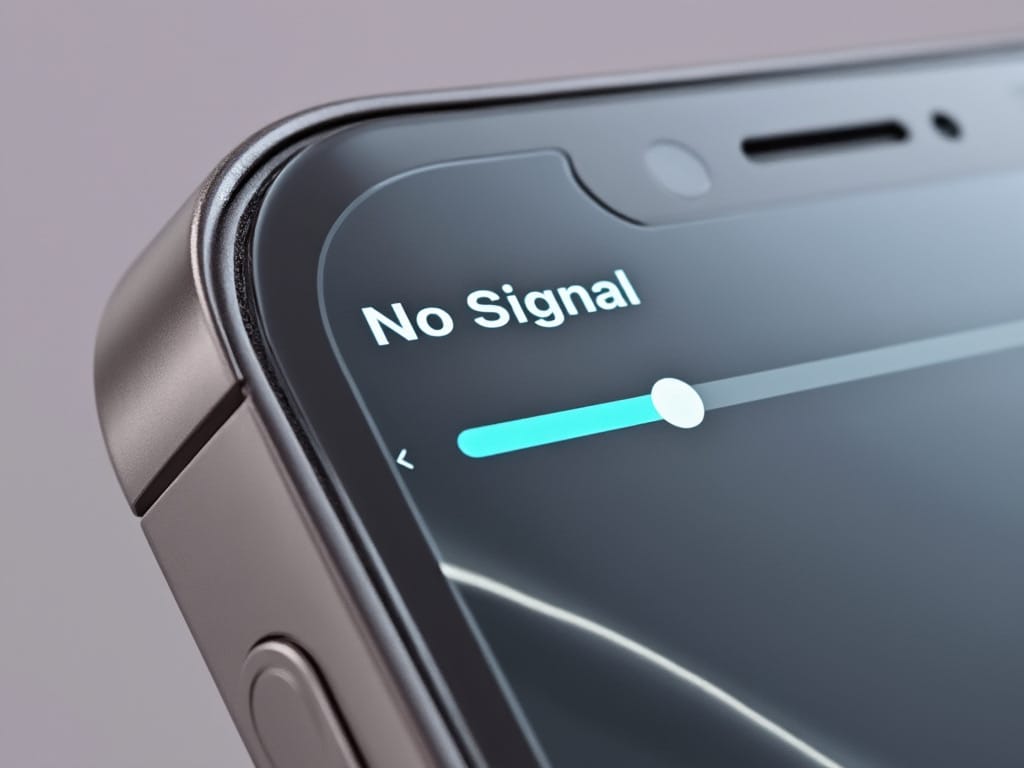
Yesterday was Apple's yearly iPhone and Watch keynote where they announce their latest products to the faithful. While they have four customer facing models of iPhone 16 (16, 16 Plus, 16 Pro & 16 Pro Max) and two models of Apple Watch Series 10 (42mm & 46mm), the reality is a lot more complicated there are also models for specific regions. Each of the latest iPhones has four region specific models and Apple Watch has three region-specific models.
There are two types of main hardware differences between these models. The first is whether or not the model supports eSIMs (all but the Greater China models), how many physical sim cards it supports (USA: 0, Greater China: 2, everywhere else: 1). The second is which cellular frequencies they support.
I travel frequently between the EU, Asia and the USA so cellular frequency support is of interest to me because different models might not support a frequency I might need in a certain area and cause me to have a weak or no signal with other locally purchased phones work fine. Currently, I'm using an iPhone 15 Pro Max purchased in Thailand (this is a "Rest of World" model) and while it works great in Asia and the EU, it's missing Band 71 in both 5g and LTE which is heavily used in rural and suburban coverage by T-Mobile in the USA. This means poor coverage when visiting family and more frequent areas of no service.
Each year, I hope that Apple will release products that have all the cellular bands for all the markets of the world, but alas, this year is not that year. I put together a quick spreadsheet comparing the various regional models. Below are quick comments and screenshots.
Key

iPhone
5G
For the iPhone, the USA model is still the only model with mmWave and has all of the 5G bands supported by the other region models. The Greater China (Mainland, Hong Kong/Macau) model supports the fewest 5G bands.
USA model wins.
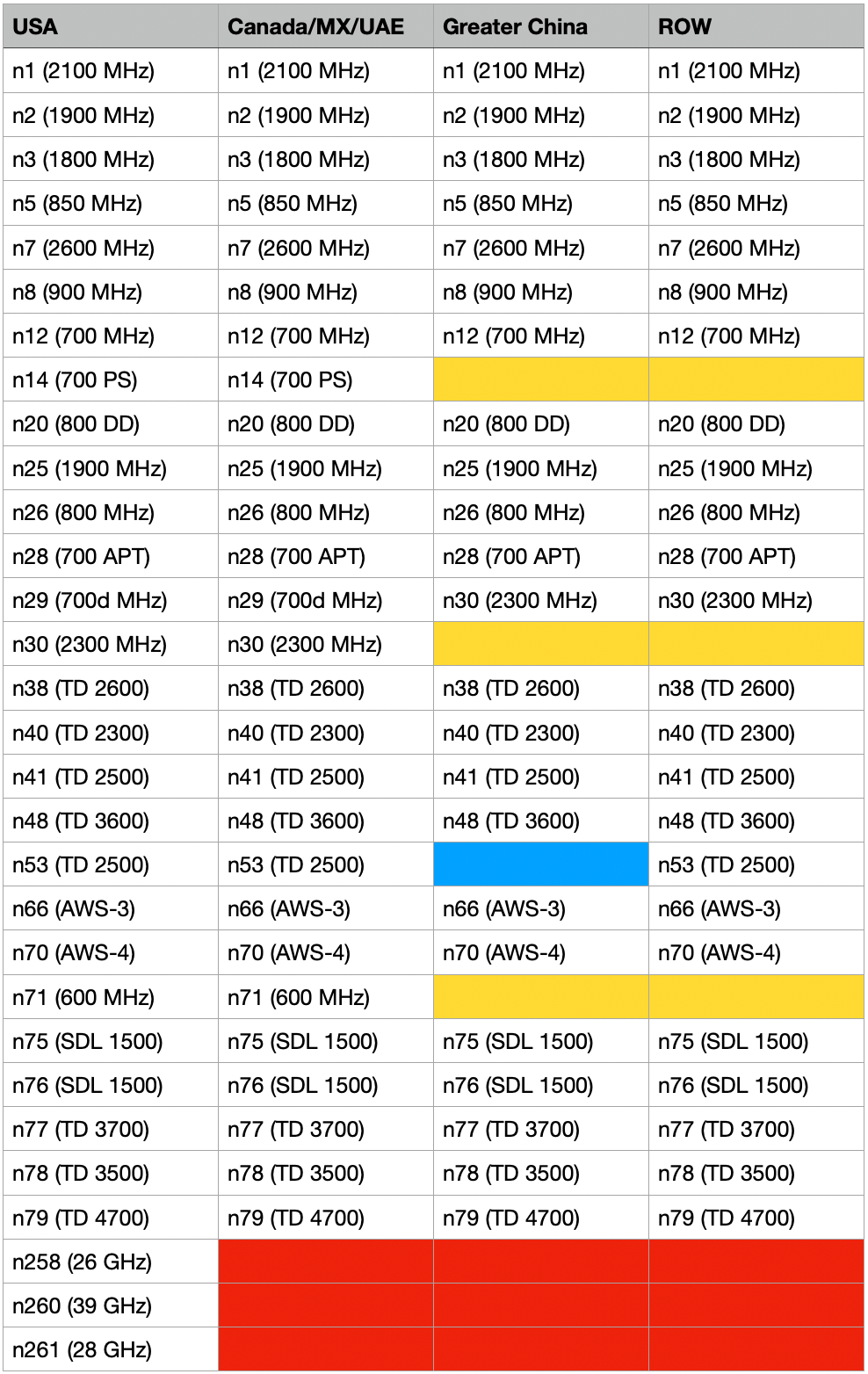
LTE (4G)
Things stack up differently in LTE band support. The Canada/Mexico/UAE model has supports the most LTE bands - all of the ones supported by the other models and then some for a total of 32 bands. The Greater China models comes up last again, missing six bands compared to the winner.
Canada/Mexico/UAE model wins.
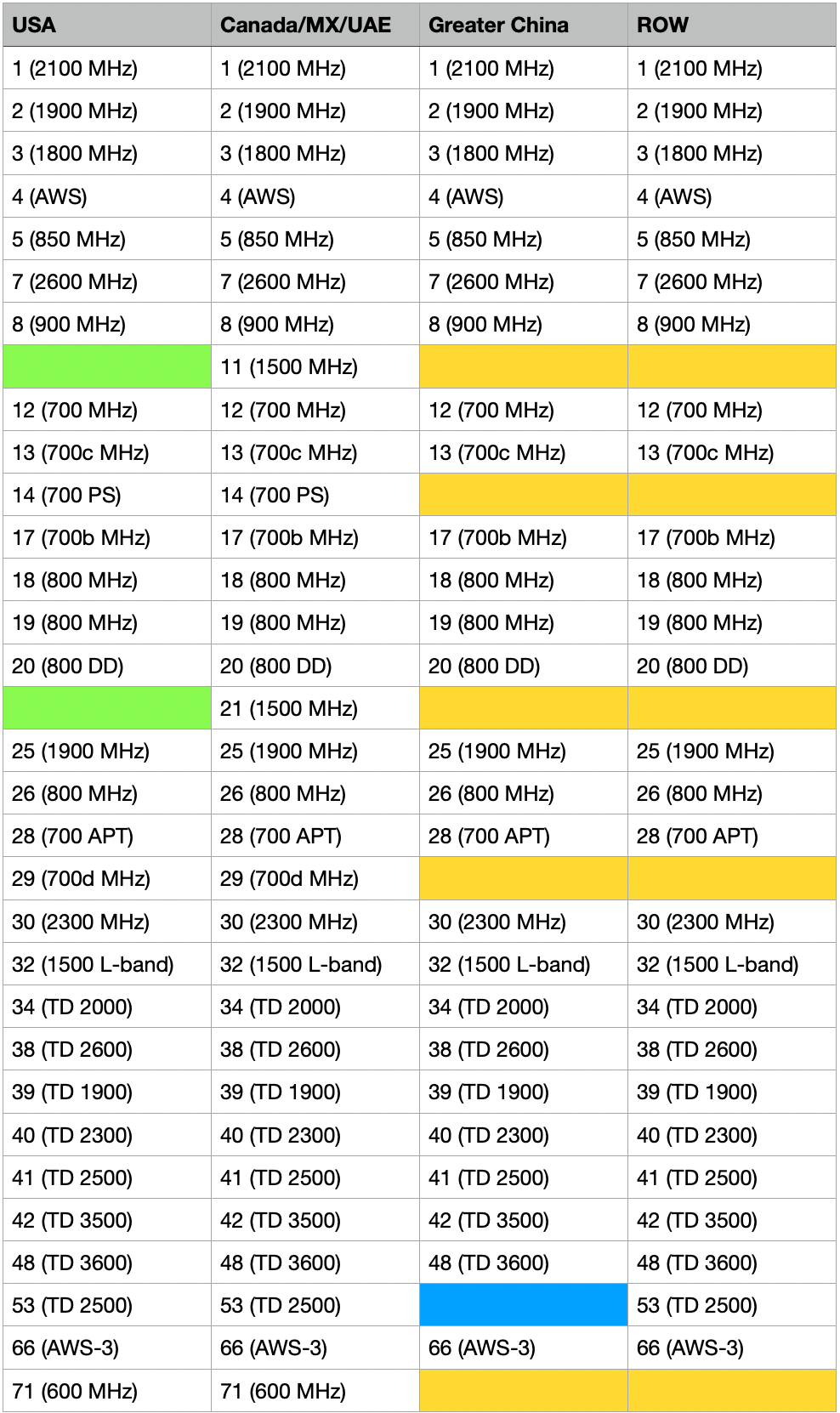
Watch
LTE (4G)
The competition is closer on the Watch with the USA/Canada/Mexico model supporting the most LTE bands including all of the LTE bands supported by the other two models.
USA/Canada/Mexico model wins.
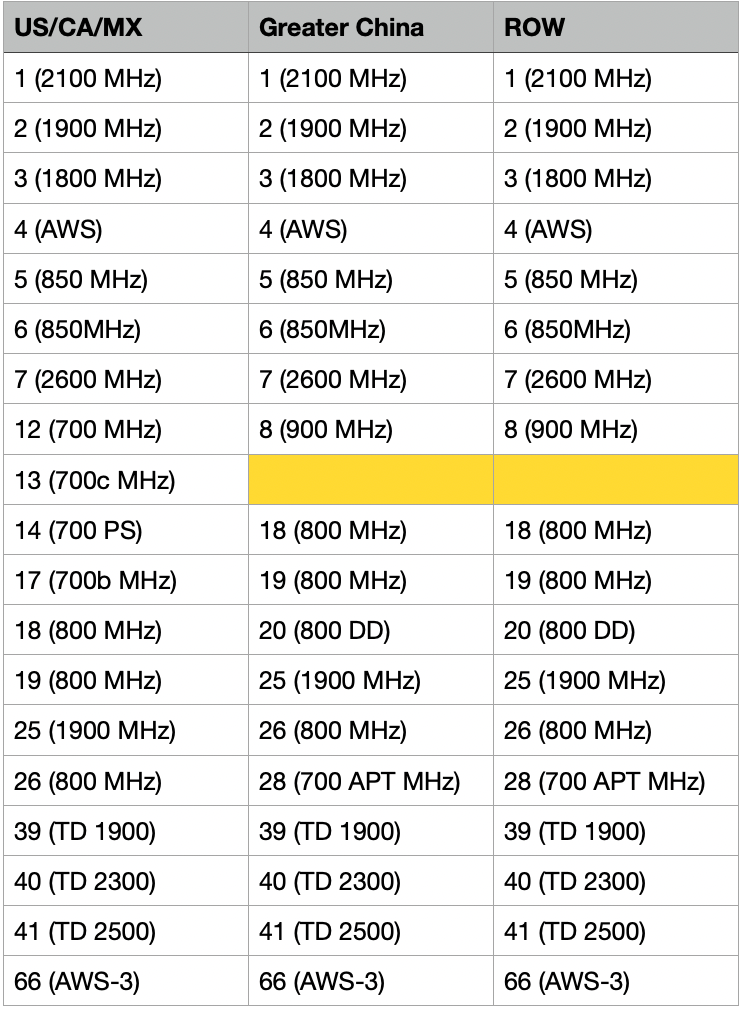
UTMS (3G)
Greater China and the Rest of the World (ROW) score a rare victory against North America supporting one more UTMS band than the USA/Canada/Mexico.
Greater China and ROW models win.
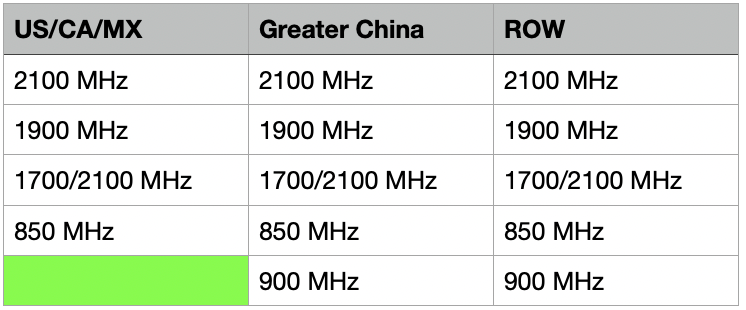
Final thoughts
I have no idea why Apple doesn't support all frequencies on all devices. The mmWave support on the US iPhone requires an additional antenna so perhaps it is related to cost? Are there regulatory reasons? Something else? If know the answer leave me a comment below or tweet at me.
For my travel patterns, the USA model iPhone makes the most sense along with an Apple Watch bought in Hong Kong. What regional models did you choose?
If you want to play around with the spreadsheet yourself, you can download it in your preferred format below:
